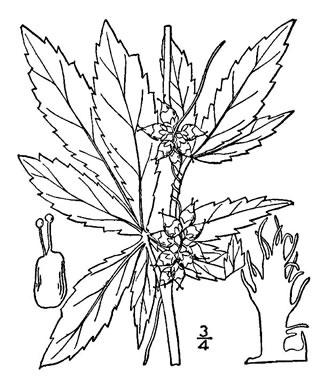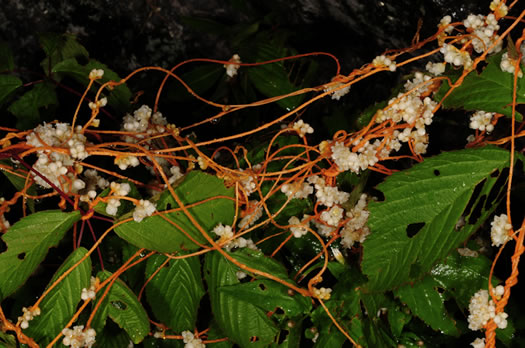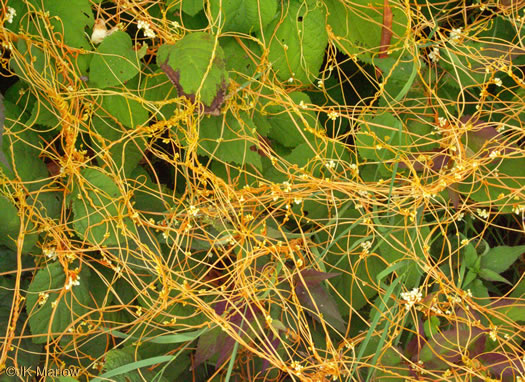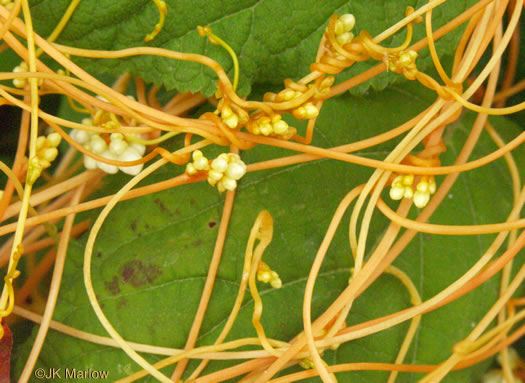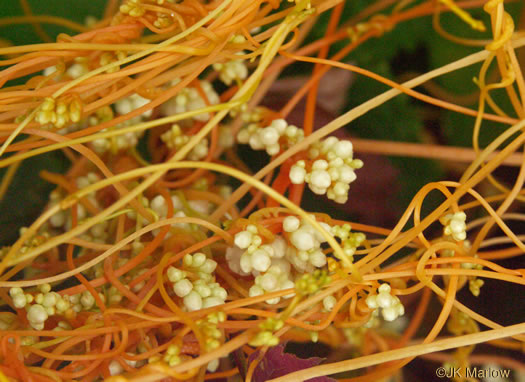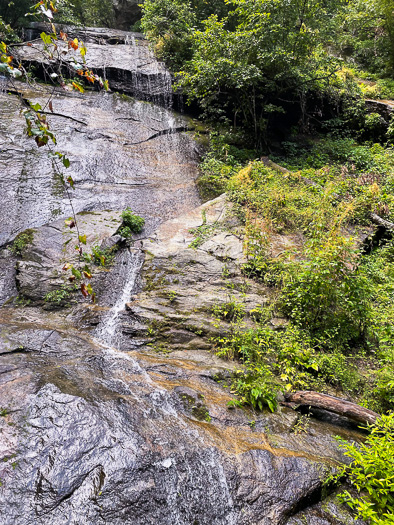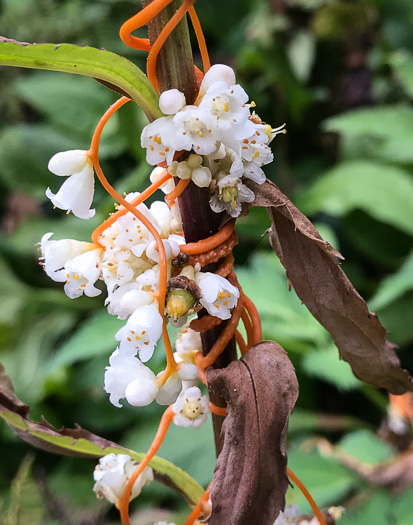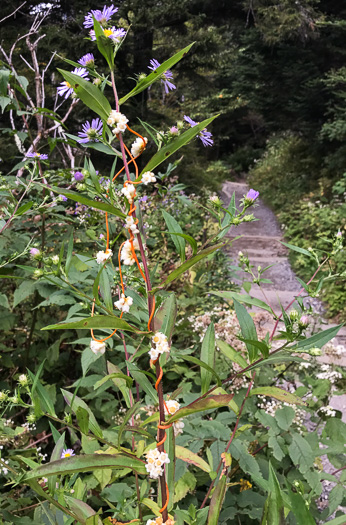Spermatophytes (seed plants): Angiosperms (flowering plants): Eudicots: Core Eudicots: Asterids: Lamiids: Solanales
WEAKLEY'S FLORA OF THE SOUTHEASTERN US (4/24/22):
Cuscuta rostrata
FAMILY
Convolvulaceae
Go to FSUS key
Dig deeper at SERNEC, a consortium of southeastern herbaria.
Check out this Key to the Dodders of Alabama from Daniel Spaulding (Phytoneuron).
Read about the remarkably similar Dodder Laurel from Lytton Musselman and the Southern Appalachian Botanical Society.
Read more about Cuscuta at Vascular Plants of North Carolina.
SYNONYMOUS WITH
PLANTS NATIONAL DATABASE:
Cuscuta rostrata
FAMILY
Cuscutaceae
SYNONYMOUS WITH Floristic Synthesis of North America. BONAP (Kartesz, 2021)
Cuscuta rostrata
SYNONYMOUS WITH Key to the dodders (Cuscuta, Convolvulaceae) of Alabama and adjacent states (Spaulding, 2013)
Cuscuta rostrata
SYNONYMOUS WITH VASCULAR FLORA OF THE CAROLINAS (Radford, Ahles, & Bell, 1968) 158-01-007:
Cuscuta rostrata FAMILY Convolvulaceae
SYNONYMOUS WITH Manual of the Southeastern Flora (Small, 1933, 1938)
Cuscuta rostrata
COMMON NAME:
Appalachian Dodder, Beaked Dodder
To see larger pictures, click or hover over the thumbnails.
Tim Spira tps_crostrata2
June
Stems coarse. Flowers in compact clusters, pedicels shorter than the flowers, per Vascular Flora of the Carolinas (Radford, Ahles, & Bell, 1968).
JK Marlow jkm060723_135
July Transylvania County NC
Blue Ridge Parkway
All Cuscuta species are leafless, annual parasitic herbs, per Key to the Dodders (Cuscuta, Convolvulaceae) of Alabama and Adjacent States (Spaulding, 2013).
JK Marlow jkm060723_138
July Transylvania County NC
Blue Ridge Parkway
One of the few species in the Southeast with very fragrant flowers, per Key to the Dodders (Cuscuta, Convolvulaceae) of Alabama and Adjacent States (Spaulding, 2013).
JK Marlow jkm190914_1476
September Swain County NC
Great Smoky Mountains National Park
Ovary with a long, beak-like projection at the top; corolla 4-6mm long & wide, per Weakley's Flora.
JK Marlow jkm190914_1480
September Swain County NC
Great Smoky Mountains National Park
Found especially on Asteraceae (Rudbeckia, Solidago, Symphyotrichum, Eurybia), per Weakley's Flora.
WEAKLEY'S FLORA OF THE SOUTHEASTERN US (4/24/22):
Cuscuta rostrata
FAMILY
Convolvulaceae
SYNONYMOUS WITH
PLANTS NATIONAL DATABASE:
Cuscuta rostrata
FAMILY
Cuscutaceae
SYNONYMOUS WITH
Floristic Synthesis of North America. BONAP (Kartesz, 2021)
Cuscuta rostrata
SYNONYMOUS WITH
Key to the dodders (Cuscuta, Convolvulaceae) of Alabama and adjacent states (Spaulding, 2013)
Cuscuta rostrata
SYNONYMOUS WITH
VASCULAR FLORA OF THE CAROLINAS (Radford, Ahles, & Bell, 1968) 158-01-007:
Cuscuta rostrata
FAMILY
Convolvulaceae
SYNONYMOUS WITH
Manual of the Southeastern Flora (Small, 1933, 1938)
Cuscuta rostrata
If a search such as "Carex leptalea var. leptalea" doesn't deliver the results you want, try "Carex leptalea".
Or, to minimize chances of a misspelling, try just "Carex le".
Less is more: If "pencil flower" doesn't deliver the results you want, try "pencil".

